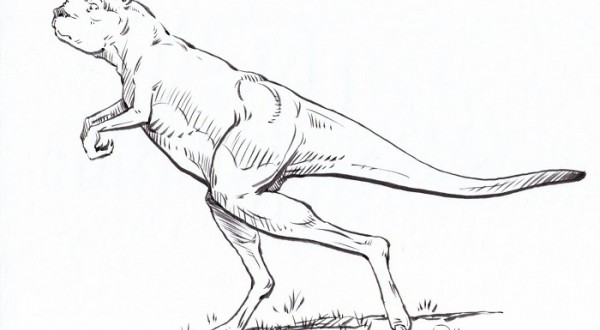Scientists have released a paper revealing that a 10,000-year-old kangaroo had an interesting gait, and just in time to celebrate National Fossil Day.
The short-faced, large-bodied sthenurine kangaroos, a relative to modern kangaroos, first appeared in the middle Miocene and became extinct in the late Pleistocene.
These kangaroos had an estimated body mass of 240 kg, almost three times the size of the largest current marsupials.
A study, by Christine Janis from Brown University and colleagues, published in the journal PLOS ONE, shows that the large kangaroo species lacked specialised features needed for rapid hopping.
The authors say the giants may have adopted a walking gait on two hind legs.
“People often interpret the behaviour of extinct animals as resembling that of the ones known today, but how would we interpret a giraffe or an elephant known only from the fossil record?” says Christine Janis.
“We need to consider that extinct animals may have been doing something different from any of the living forms, and the bony anatomy provides great clues.”
The scientists make their case based on a statistical and bio-mechanical analysis of the bones of kangaroos past and present.
They made nearly 100 measurements on each of more than 140 individual kangaroo and wallaby skeletons.
Agencies/Canadajournal
 Canada Journal – News of the World Articles and videos to bring you the biggest Canadian news stories from across the country every day
Canada Journal – News of the World Articles and videos to bring you the biggest Canadian news stories from across the country every day



